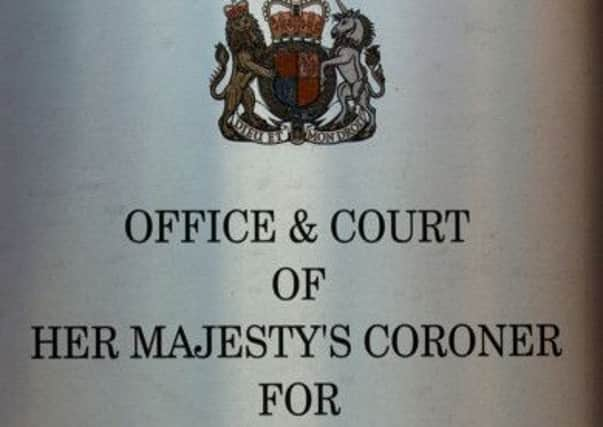Cyclist killed in time-trial died in ‘freak’ accident says widow


Christopher Auker tried to veer away after realising the danger at the last moment but struck the caravan, which had a tyre blowout on the A63 in East Yorkshire, an inquest in Hull heard.
The 65-year-old, from Barlow, North Yorkshire, who had taken part several times before in the Good Friday time-trial organised by City Road Club (Hull), clocked up around 10,000 miles a year training.
Advertisement
Hide AdAdvertisement
Hide AdA number of races were cancelled amid protests from cycling clubs after the tragedy as police demanded full road closures.
But racing later resumed after a new safety advisory group was set up.
The court heard that Elliot Smith, 39, was towing the caravan on the westbound carriageway on March 29, when he heard a loud bang.
Unsure of what had happened he pulled over as far as he could, but with the vehicle still poking 1.5m out onto the road. Two other cyclists “flew” round the caravan, but Mr Auker was in a “hunkered” position, looking down, and did not realise until it was too late. He died at the scene after suffering head, spinal and thoracic injuries.
Advertisement
Hide AdAdvertisement
Hide AdThe court heard harrowing evidence from a friend, David Jenkinson, who was parked up in a nearby layby.
Mr Jenkinson saw him manoeuvre round a pothole, but then “like the good time-triallist Chris was, he began to tuck back into the gutter”.
He said: “I thought, ‘Oh Chris, please, please start to move out.’ I saw Chris move more into the left-hand side, then at the last moment he saw the caravan and he just hit it. I just saw this almighty big crash, collision.”
Cyclist Scott Burns, who was just behind the caravan when the tyre blew out, praised Mr Smith’s driving and the way he was able to bring it to a controlled stop.
Advertisement
Hide AdAdvertisement
Hide AdCollision investigator Alfred Place said the design of Mr Auker’s bike meant maximum efficiency, and made him aerodynamic, but a “distinct disadvantage” was that he was looking downwards. He said: “Such a line of sight in a controlled environment presents little in the way of hazard, but in a highway environment the rider needs to keep lifting his head up so a view of the carriageway is obtained.”
He said Mr Auker – who had been competing in time trials since he was 16 – was travelling between 25mph and 30mph and would have had 30 to 40 seconds to see the vehicles.
It was, he said, a “wholly avoidable” incident.
In a statement, race organiser Geoffrey Backshall said he believed the race was correctly marshalled, organised and was safe, adding: “I personally have ridden the course in the past and felt far safer on the A63 than riding on single carriageways which form some of the races.”
The court heard a statement from his widow Elizabeth, who said: “My last words to him were ‘take care’. We had a very special relationship and I miss him so much.
Advertisement
Hide AdAdvertisement
Hide Ad“He gave me the happiest years of my life with so many wonderful memories I will treasure forever.”
Returning a verdict of accidental death Coroner Prof Paul Marks said Mr Smith had “no alternative” but to stop where he did, as he had just passed the layby when he had the blowout. He added: “He (Mr Auker) was engaged in a recreational activity he loved and was good at.
“It was entirely legal and well organised.”
Afterwards, Mrs Auker said it was a “freak” accident. “Chris was a very experienced cyclist; cycling was more than a hobby to him, it was an obsession. He rode thousands of miles in training every year and had been competing in time-trials for many years.
“He had ridden on this particular course dozens of times before, so he knew the area very well. Neither Chris nor I had any worries about this course – we both felt time-trials were safer on a dual carriageway where there is room for traffic to overtake.
“This was a freak accident that could not have been foreseen and nothing to do with the time-trial course.”